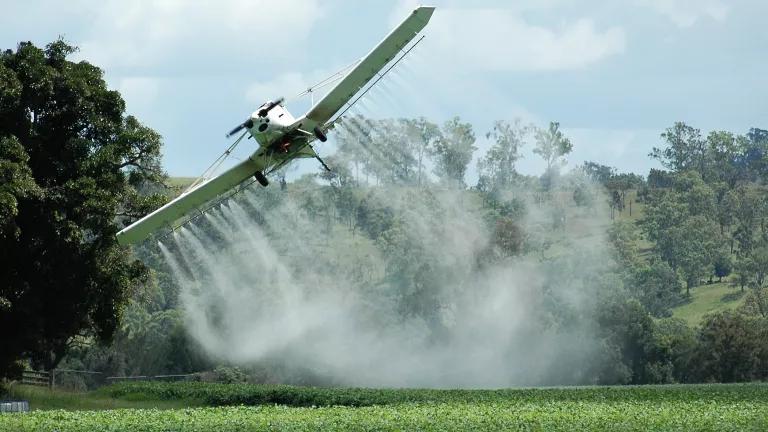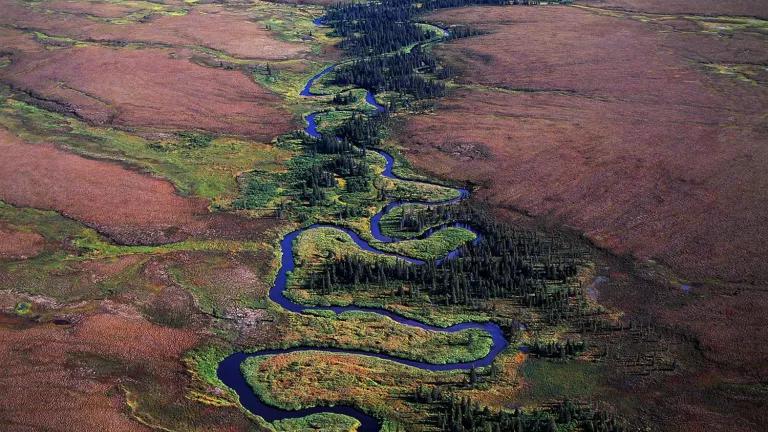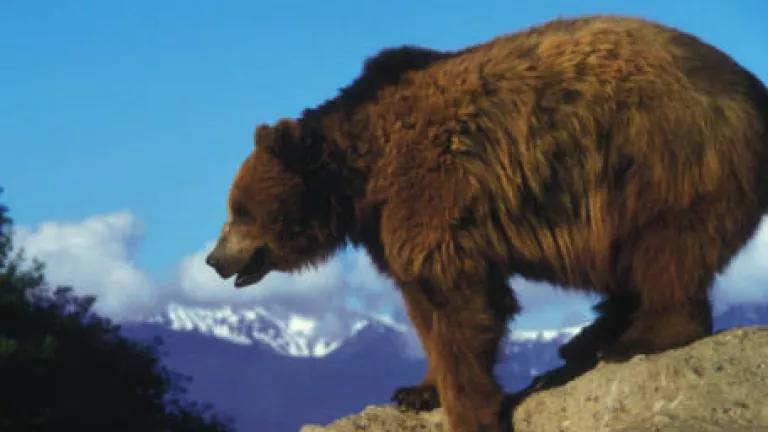
When I was growing up, my mother wouldn’t let us have a dog. So we tamed chipmunks and squirrels in our backyard, and the birds who came to our feeder. As I got older, and started to visit more remote places, I became more concerned about keeping my food away from the animals than feeding them. And while I was perfectly happy not see a grizzly when I was alone in northern Alaska, knowing that they were out there somewhere was an integral part of the experience. It would be unthinkable to get out into nature and not encounter any wildlife, not because you’ve taken the appropriate precautions, but because the animals aren’t there anymore. They’ve vanished.
Fortunately, since my days as a backyard explorer, hundreds of species, including the grizzly bear, the gray wolf, and the whooping crane, as well as creatures closer to my current backyard, like the shortnose sturgeon that thrives once again in the Hudson River, have not vanished. Their place in our understanding of the world around us has been preserved, thanks to the protection of the Endangered Species Act. Tonight I’m attending a special event in celebration of the act, which turns 40 this year. We’re honoring the law itself, which, from my perspective as an environmental litigator, has been and remains a powerful tool for protection; and several of the act’s strongest advocates in government, who have been instrumental in its success. In recent years, the Endangered Species Act has come under attack from lawmakers bent on weakening environmental protections. This landmark law, the most successful wildlife protection tool we have, needs our support now more than ever.
As the naturalist John Muir wrote, “When we try to pick out anything by itself, we find it hitched to everything else in the Universe.” That’s the beauty of the Endangered Species Act, a law that has preserved 99 percent of every species granted its protections—and in doing so, is preserving so much more. When the act prompts action to save wolves, for example, it also helps preserve an entire ecosystem. A strong, healthy wolf population keeps other populations in check; elk won’t eat every shred of vegetation that helps anchor a river bank, and coyotes won’t devour all the little rodents that eagles eye from afar. When we seek to protect the whitebark pine tree, we’re also preserving the plants that thrive in its shade and the high-calorie nuts that help grizzlies get through the winter. So while the Endangered Species Act has an impressive clarity of purpose—zero extinction—its benefits have vast ripple effects throughout an ecosystem.
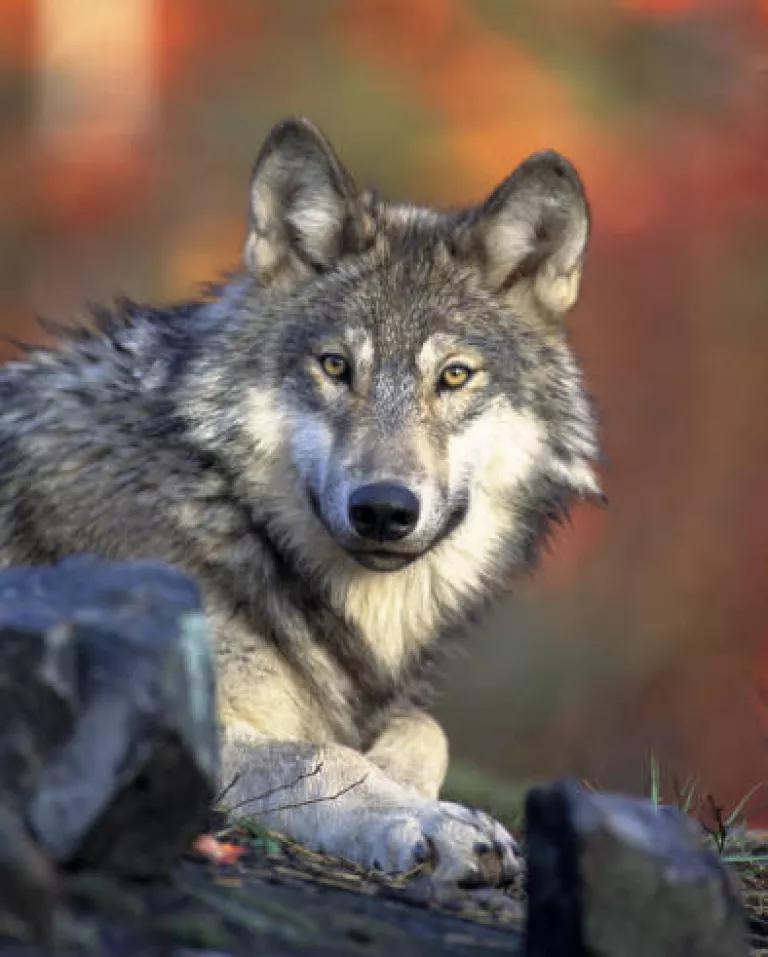
NRDC has used the Endangered Species Act time and again in our conservation efforts, to protect grizzly bears from habitat destruction in the Northern Rockies, and sperm whales threatened by oil and gas development in the Gulf of Mexico. And recently, we called upon the act to defend polar bears from the threat of global warming—the first time the Endangered Species Act has been put into play in the battle against climate change.
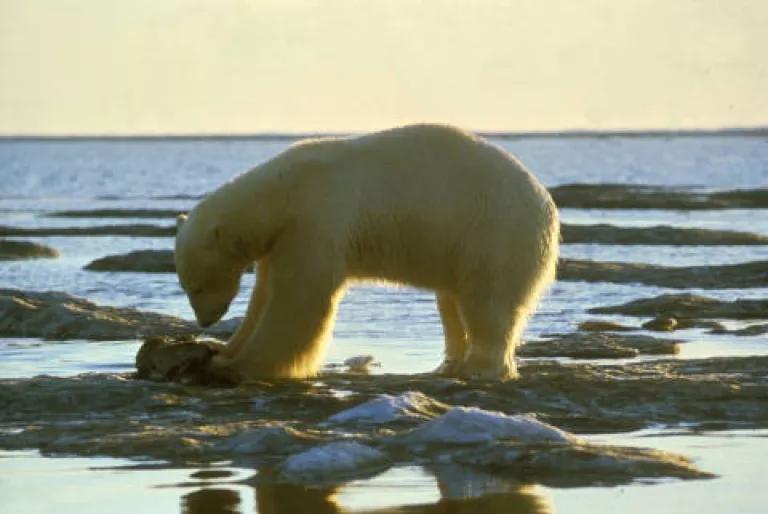
The threats that face wildlife and their habitat today are different from the dangers they faced 40 years ago. But the authors of the act had the foresight to focus on the preservation of species, rather than a particular kind of harm. That’s why this law has been so effective over the decades, and will continue to be instrumental in our efforts to preserve America’s wildlife heritage for generations to come.
